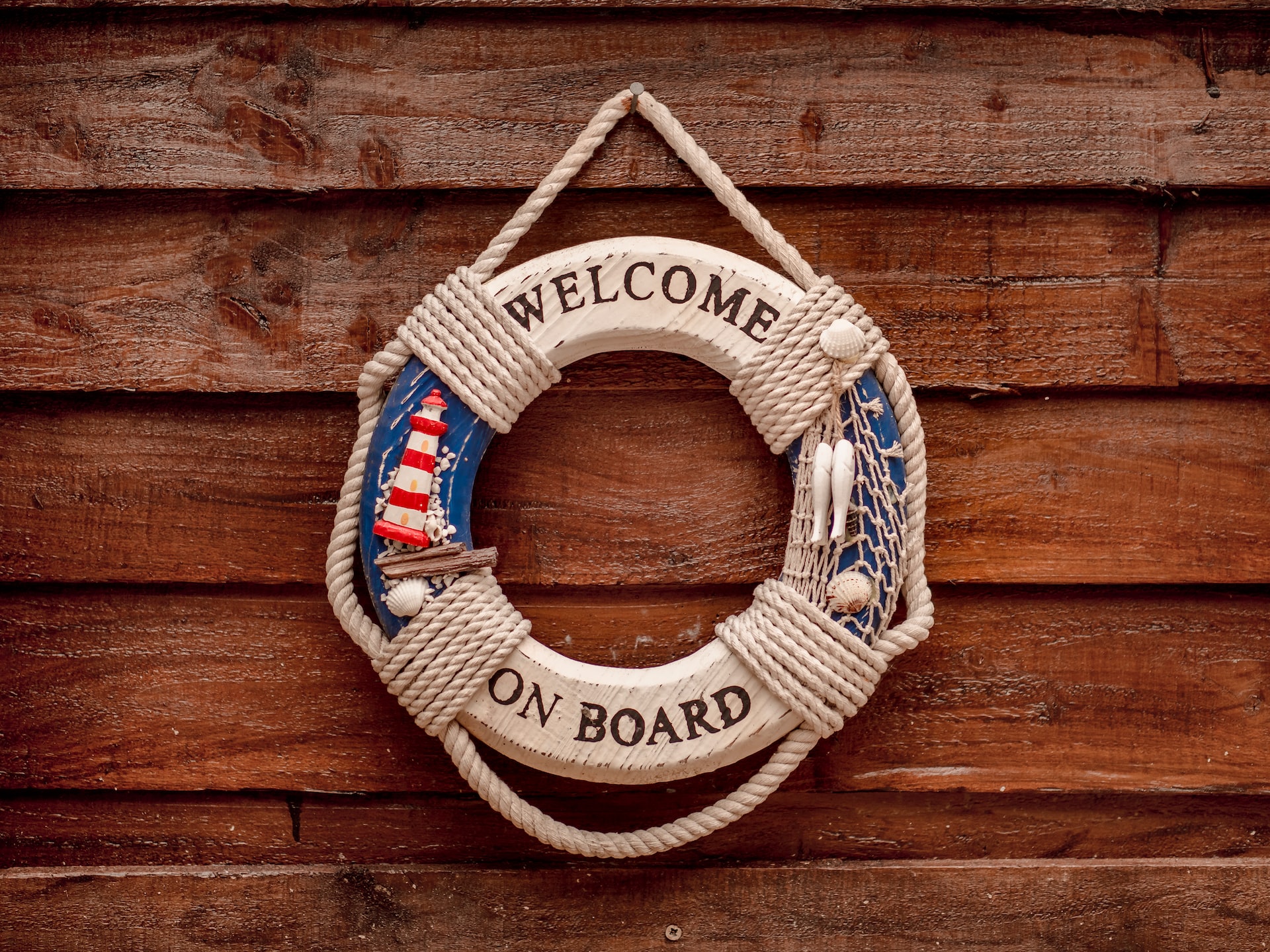A well thought out onboarding experience that makes new employees feel welcome and that gives them the ability to jump right in from the moment they start working for you is crucial.
We all know the statistics regarding new hires quitting within the first couple of months due to changing their mind about working for you. A pivot that is usually propelled by an unsatisfactory onboarding experience.
So what can you do to ensure that your new hires become long term employees? We’ve put together a list of do’s and don’ts to keep in mind the next time you sign a contract with a candidate who’s made the grade.
How to onboard new hires successfully: The do’s and don’ts
Let’s start on a positive note and take a look at the do’s of implementing successful hiring and onboarding processes.
Do - Ensure your compensation package is up to par
If you want to attract high caliber candidates and prove to them that you value them, you need to be offering a compensation package that tells them so!
Take a look at, not only the salary you’re offering, but also benefits and policies, such as annual leave, duvet days, flexible working, and perks such as subsidized gym memberships.
How does all this stack up against the industry standard? Against your competitors?
Read more: How to Elevate Your Onboarding Process with a Buddy Program
Do - Be open and honest with applicants
These days, it doesn’t take any hardcore detective work to figure out what a company is really like to work for. Any candidate that is worth hiring will have done their research and dug into your business’s pros and cons.
Sites like Glassdoor and other company review sites make it hard for poor organizations to hide behind a façade of a supposedly great company culture when the reality is a different story altogether.
As part of the hiring (and onboarding) process, tell candidates and new employees what they can expect as they become acquainted with your company so that there are no surprises that might start sowing the seeds of doubt in their minds.
Do - Create a new hire checklist
Scrambling to find a place to sit and a laptop for a new hire isn’t a good look for your organization - and it definitely isn’t going to make someone feel welcome on their first day.
Likewise, not having all the necessary paperwork - such as their contract , starter manual or company org chart - ready makes you look ill prepared.
Eliminate the chances of messing up your onboarding process by laying a solid groundwork. In other words, draw up a new hire checklist so that you can ensure you’ve got all the boxes checked and that newbies feel reassured that they’ve accepted a new job with an organized and competent company.
Read more: Your Onboarding New Hire Checklist for Technical Staff
Do - Make sure your onboarding program is methodical
While we’re on the topic of being organized, your new hire checklist is just the start. You also need your onboarding program to be structured, easy to navigate and make sense for the new people that are going through it.
If you’re not sure where to start, try asking your current employees what they would have liked to have happen when they first joined the company. Or try putting yourself in a new person’s shoes and experiencing your onboarding process from their point of view.
Having an engaging new hire strategy is vital if you want to increase the chances of your recent hires staying the distance.
Now let’s take a look at some don’ts when it comes to successfully onboarding new employees.
Don’t - Offer pointless perks
While we all want a pleasant environment to work in, don’t fall into the trap of thinking you’re going to wow applicants with perks and so-called benefits that are, well, just a bit pointless to put it honestly.
Read more: The Secret Ingredient in a Great Onboarding Strategy
At the end of the day, most employees will be happier with something meaningful like free healthy snacks, a well stocked fridge full of water and soda, and decent tea and coffee as opposed to table football and darts boards.
Save yourself the money and attract great candidates with perks that actually benefit them and make them want to stick around.
Read more: What Do Employees REALLY Want Their Office to Look Like?
Don’t - Copy your competitors
Conducting competitor research is valuable: It helps you shape your own offering and company culture, but don’t make the mistake of thinking that you have to copy their business model in order to successfully attract and onboard new people.
Your organization’s brand is valuable: it’s what made someone want to apply for a job with you in the first place, and being a second rate carbon copy of another company is soon going to reveal itself as an inauthentic move, leading to people quitting in those first few months.
Your value proposition is about your company’s story. It’s what makes for a unique success in the industry.
Create a 100% original value statement that honors your vision and what you want candidates to know about your future. They should be able to see themselves as a part of that future too.
Read more: How a Welcome Email Can Stop New Hires Ghosting You
Don’t - Leave people to fend for themselves
An onboarding process is not something that runs itself or happens organically. As covered in the ‘do’s’ above, it needs to be properly structured and planned.
You might even find that you need different onboarding and new hire checklists for different departments or situations too. For example, your onboarding new hire checklist for remote employees is probably going to look pretty different to your onboarding new hire checklist for interns.
Tailor-making an onboarding process for these different people within your organization will create a much better first impression for new employees and lay the foundation for a great working relationship between them and the company moving forward.
Don’t - Give people false expectations
Finding out that a job, company or role isn’t what they were led to believe at the interview stage is not going to make new hires stay with you for longer than a couple of months.
And while it can be tempting to enthuse about your awesome company culture, your amazing perks and benefits and how your candidate is going to be on the fast-track to corporate success, make sure that your enthusiasm is firmly rooted in reality.
How to onboard new hires successfully: Conclusion
Getting your onboarding and new hire process right can take time and effort. You might find that some things you’ve implemented are wildly successful; others not so much.
And that’s fine. You may need to make adjustments and upgrade your onboarding program - just don’t take too long to do so, however. After all, your goal is to stop the new hire quitting churn as quickly and as effectively as possible.

Eve Church
I'm a UK-based content writer here at Hezum. I've an interest in all things HR and company culture.
United Kingdom



